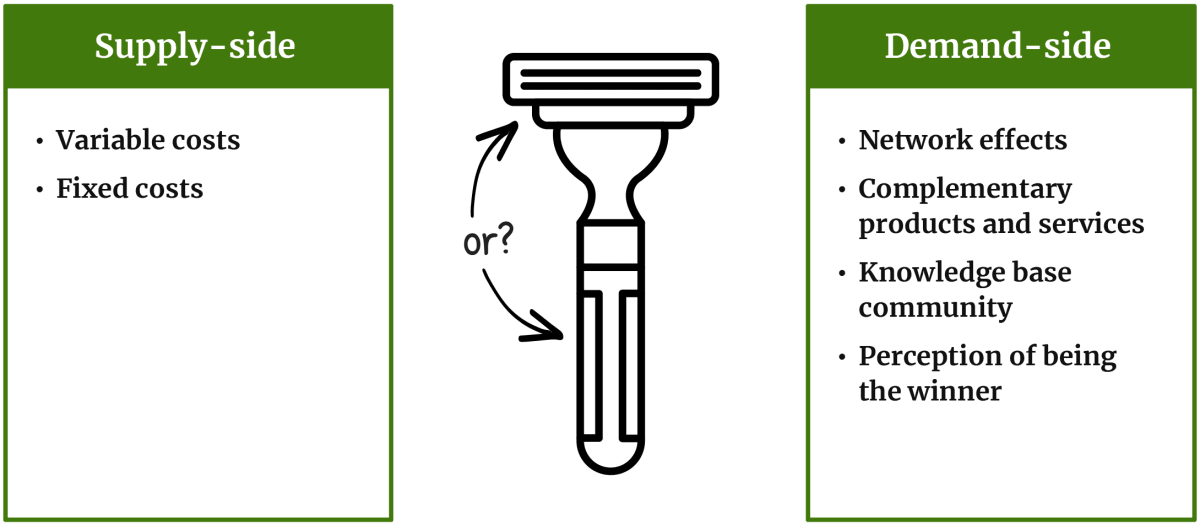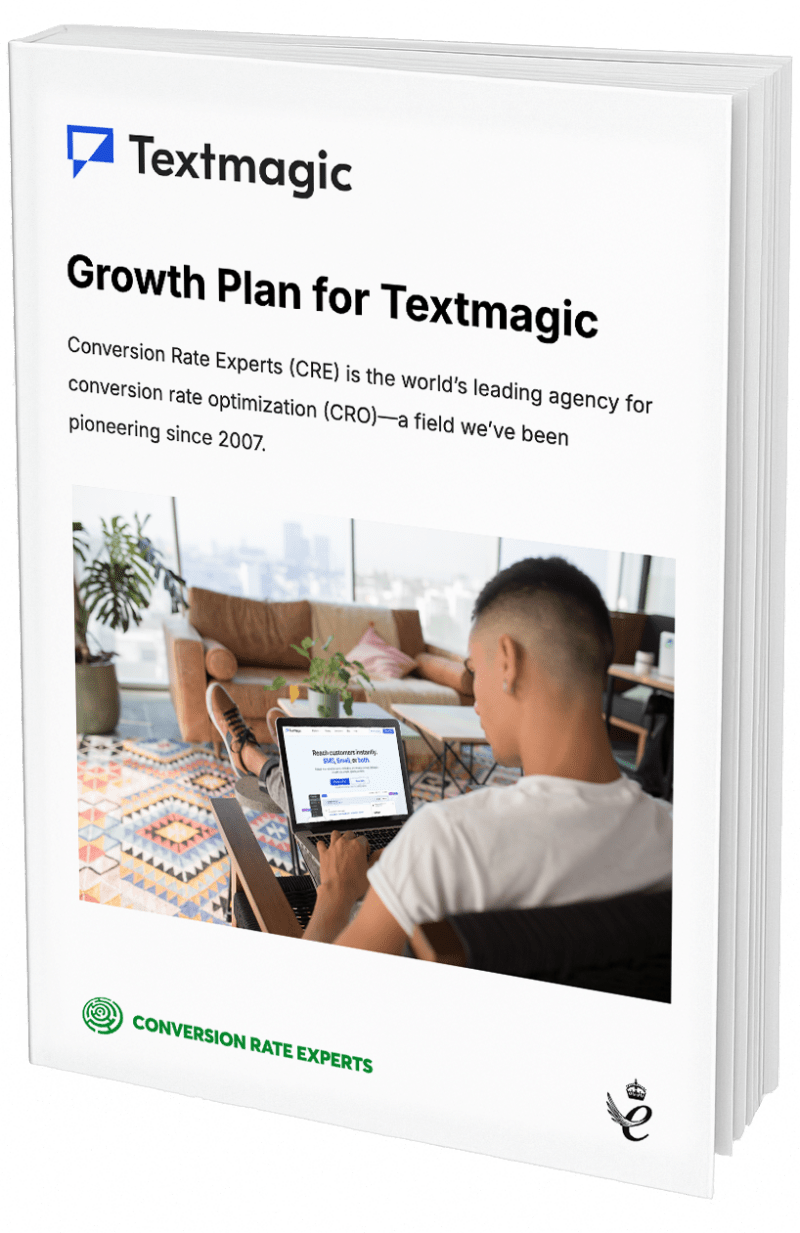How to hugely increase your profits by optimizing your pricing
(By the way, to get articles like this free in your inbox, subscribe to our newsletter.)
(The other most surefire way is to improve usability.)
Getting your pricing model wrong can be disastrous. Classmates.com learned the lesson the hard way, after choosing to monetize early, and by charging its users—two activities that are now widely understood to be disastrous for social networks. (The Onion lampooned the situation in the article “Classmates.com Employees Don’t Have Heart To Tell CEO About Facebook.”)
If you want to optimize your pricing, the following article contains a huge list of tips, strategies, and things to consider. We have used them to transform businesses—in many cases, with increases of over 50%, 100%, or more. Not all of them will apply to you, but one breakthrough idea is often enough to transform a business. As you proceed down the list, we recommend you make notes on how you could implement each idea.
Establish your long-term strategy for pricing
Identify your long-term strategy for pricing by considering the following points:
Decide what you’ll monetize
First, decide what you will monetize and how. For example, Gillette innovated by making its money from the blades and not the razors. Dollar Shave Club innovated further by selling a recurring subscription.

If you have economies of scale, penetration pricing often works best
Would your business benefit from economies of scale? (Most web businesses do.) If so, your ideal pricing strategy may be penetration pricing—charging a low price and basing your financial model on eventually reaching market-dominating economies of scale.
Supply-side economies of scale mean your profit margins increase the more you sell, because as you sell more, your cost of sales (unit costs) usually becomes lower, and your fixed costs become a smaller fraction of your overall costs.
Demand-side economies of scale mean the more customers you get, the more value each customer receives from your service for the following reasons:
- You may benefit from having a load of customers. For example, if a phone system had only two users, only one type of call could be made (one between User A and User B). If it had three users, then three types of call could be made (A–B, B–C, and A-C). If it had twelve users, sixty-six different types of calls could be made. The overall value of a phone system to its users is roughly proportional to the square of the number of users.
- You may benefit from there being a market of complementary products and services. The project-management web app Basecamp has many integrations, which it promotes on its website. At the bottom of the page, Basecamp shows off how quickly it’s acquiring new users, to persuade other companies to add integrations.
- You may benefit from having a bigger knowledge base, more forums, or more trained users. The ecosystem of knowledge around a product can be valuable in itself. WordPress grows because it’s easy to find a WordPress developer, and it’s easy for those developers to find answers to their questions.
- You may benefit from the perception that yours is the standard. Users are aware of the value of choosing the ultimate winner—especially when they have to invest time and resources into using your company—so they will be attracted by the perception that you’ll win.
If you don’t have economies of scale, it often helps to price high and then decrease prices
Pricing high at first and then lowering prices is good for mopping up all the money available in the marketplace. For example, a book can be launched in hardback only, thus commanding a high price from those willing to pay it, and then later, it can be released in paperback for mass-market sales. The approach tends to be more effective with products (e.g., consumer electronics) than with platforms (e.g., online stores). It also allows statements like “Used to be $XXX” to be used in future advertising. However, the approach has a weakness: business writer Peter Drucker stated that high prices can effectively “hold an umbrella” over lower-priced competitors, allowing them to thrive.
Increase prices to get visitors to act promptly
If you communicate that prices will keep increasing, the current prices become scarce. Visitors, therefore, take action because they know they’ll pay more if they hesitate. This strategy works best when the major challenge is getting visitors to act promptly.
Price your product (or service) to win
Once you have chosen how your pricing will vary as time progresses, you can proceed to your pricing strategy. The following two principles are useful when considering how to price a product.
1. Consider the gaps in the market
You can identify gaps in the market by asking yourself the following questions:
- Which market segment isn’t currently being served? High-end customers? Low-end customers? Enterprise customers? Small businesses? Occasional users?
- To your target market, what represents value? Gillette mentioned above, succeeded by being the first to acknowledge that no one wants to pay for the razor handle—they want to pay per shave.
- What would their “dream product” be? We find it useful to ask, “What would definitely work if only we were prepared to do it?” Write it down, even if it’s miles from being possible. Because once you know what it is, you may be able to think creatively about how you could offer it. This approach led us to create the highly successful $49 world phone, with no monthly fees, which became a standard in the world phone market.

2. Price high or price low?
For a given product or service, low and high prices each have their advantages. The challenge is to work out where on the continuum your winning strategy lies:
- For products that are otherwise clearly identical, low prices tend to lead to high conversion rates, more repeat purchases (or higher customer retention), high tell-a-friend rates and word-of-mouth, and positive reviews.
- High prices lead to a higher profit per customer. If you increase your prices and your conversion rate doesn’t fall too much, you may be able to afford to spend more per visitor than your lower-priced competitors.
Neither of the above two options is intrinsically better than the other. But bear in mind that, in any market, there can only be one cheapest option—and that many people don’t want the cheapest option: most people don’t buy the cheapest car, the cheapest shampoo, the cheapest clothes, the cheapest watches, and the cheapest insurance. People tend to purchase options they perceive to be of higher value. There are many opportunities for selling at high-profit margins, provided you can find features and benefits for which customers would be willing to pay a premium. A good mindset is to imagine that you will charge a premium price, and then use your marketing know-how to justify that price.
Note that many companies take external investment to fund their client acquisition costs in the short term. The investment gives them all the previously mentioned benefits of high and low prices, and is based on the assumption that the strategic benefits of growing quickly will be worth it in the end.
Versioning: Hugely increase profits by optimizing your pricing for different people
It helps to have different pricing for different people:
- The common law of business balance describes consumers’ belief that “you get what you pay for.” As a result, many customers have a price in mind before they begin shopping and will pay that price regardless. (A friend of ours went looking for a suit, expecting to pay about $700. He found one that looked good, but it cost just $70. He decided against it, preferring to stick to his plan of finding one that cost more. Imagine how frustrated the store owner would have been to know that not only did they not sell the suit, but that they would have sold it if they had charged ten times as much for it.)
- Create pricing segments for each of your groups of customers. For example, you may choose to have different prices for enterprises, small businesses, and domestic customers. Then, start from the customer’s point of view: begin with the price they’d be prepared to pay, and then work out what the product or service should be at that level. Ensure that each price level contains a “deal maker” or “deal breaker” component that makes it worth it for the buyer to pay the extra amount.
- Create gold, silver, and bronze pricing levels so you are more likely to have a price point at the amount that a given buyer was thinking of paying.
- Consider a price that’s ten times your current highest price, and then imagine what kind of product or service would justify that price. A company that advises people on getting work permits may usually charge $500 per client. The company might benefit from exploring what a $5,000 service would entail. Who would use it? Even if only a small fraction of buyers took advantage of such an offer, the effect on the economics of the business could be significant.
Test your prices to see which ones win
Testing pricing can be a thorny issue. Some users may contest it. However, changing pricing is one of the most surefire ways of increasing (or decreasing) a company’s profits, so there’s a high value in doing it (and a high cost to getting it wrong—which is a good reason to A/B test it).
One effective option is to run A/B testing to offer different prices to different users, but then, once they have ordered, charge them all the lower price, to make it fair. Bear in mind that—as with all A/B testing—buyers who use more than one device may see different versions of your pricing.
Another (less scientific) option is to test different prices on different days or weeks.
In both cases, it can be hard to measure the results if your buying cycle is long. But if it’s short, and you sell a lot of units per day, you can gather vital information in a matter of hours.
How much did you like this article?
What’s your goal today?
1. Hire us to grow your company
We’ve generated hundreds of millions for our clients, using our unique CRE Methodology™. To discover how we can help grow your business:
- Read our case studies, client success stories, and video testimonials.
- Learn about us, and our unique values, beliefs and quirks.
- Visit our “Services” page to see the process by which we assess whether we’re a good fit for each other.
- Schedule your FREE website strategy session with one of our renowned experts.
Schedule your FREE strategy session
2. Learn how to do conversion
Download a free copy of our Amazon #1 best-selling book, Making Websites Win, recommended by Google, Facebook, Microsoft, Moz, Econsultancy, and many more industry leaders. You’ll also be subscribed to our email newsletter and notified whenever we publish new articles or have something interesting to share.
Browse hundreds of articles, containing an amazing number of useful tools and techniques. Many readers tell us they have doubled their sales by following the advice in these articles.
Download a free copy of our best-selling book
3. Join our team
If you want to join our team—or discover why our team members love working with us—then see our “Careers” page.
4. Contact us
We help businesses worldwide, so get in touch!
© 2025 Conversion Rate Experts Limited. All rights reserved.















